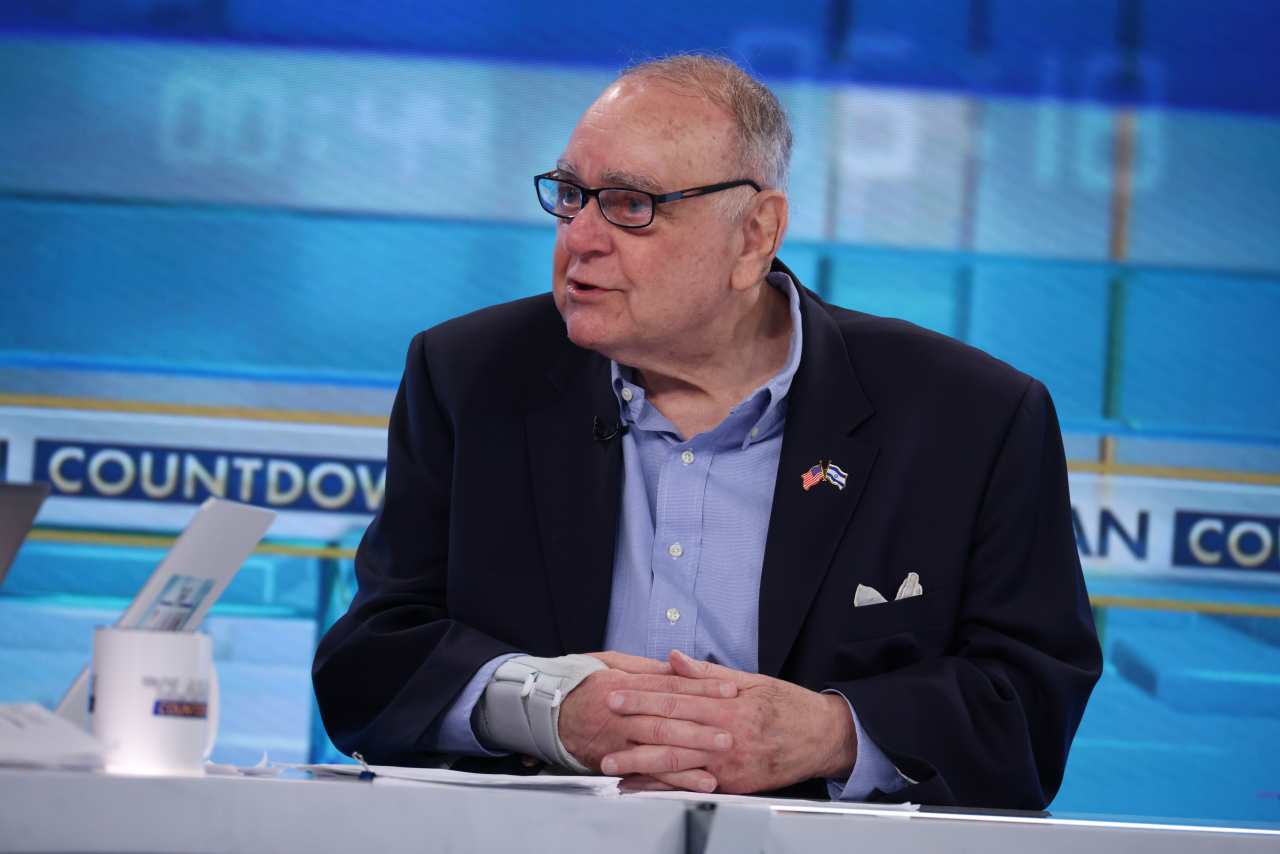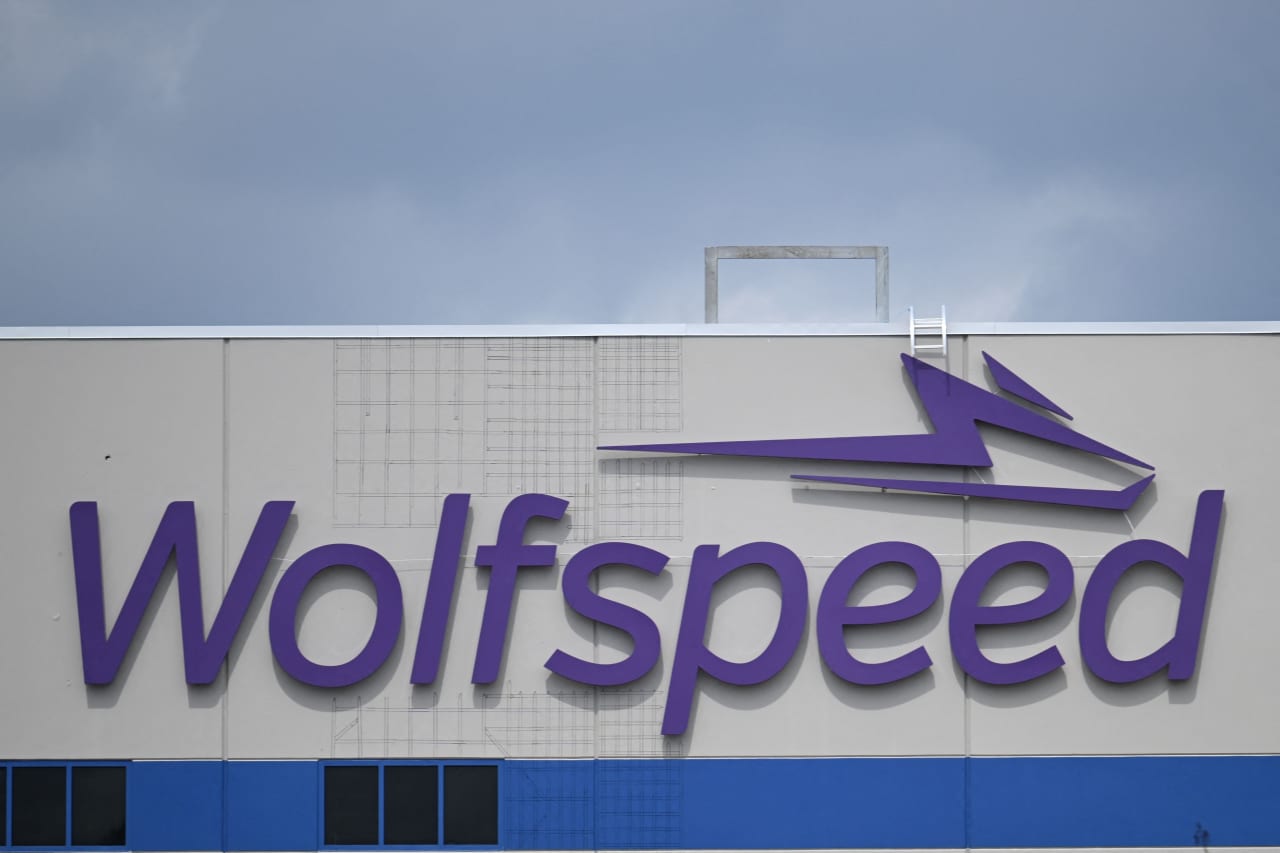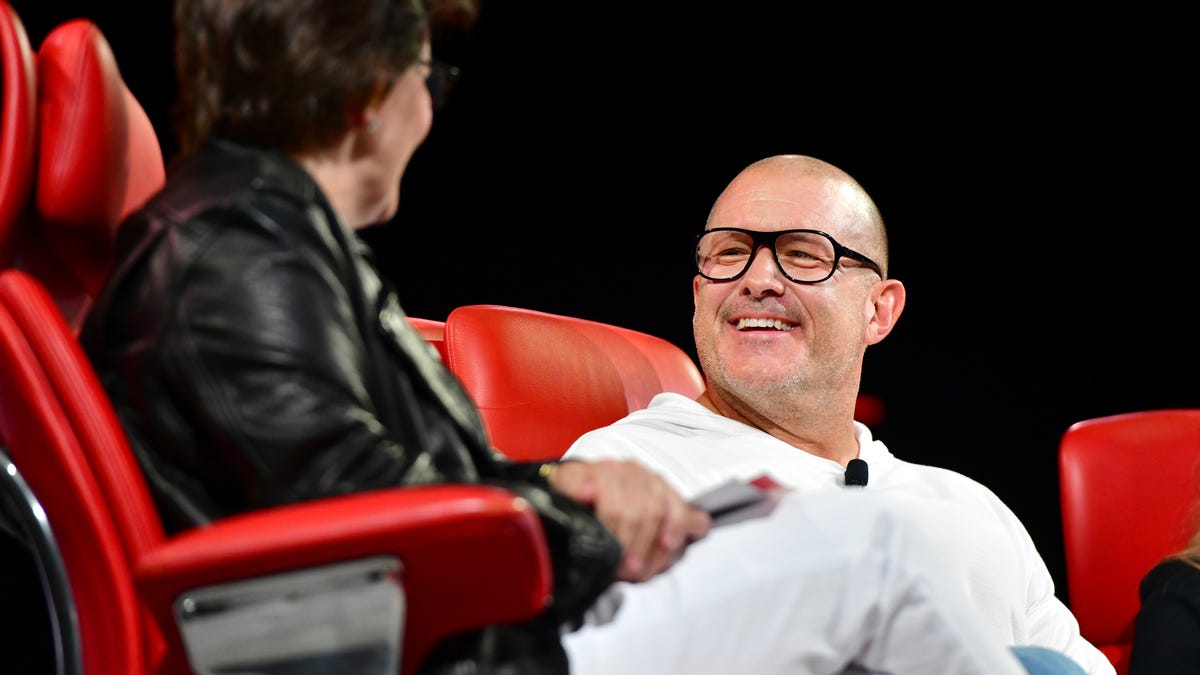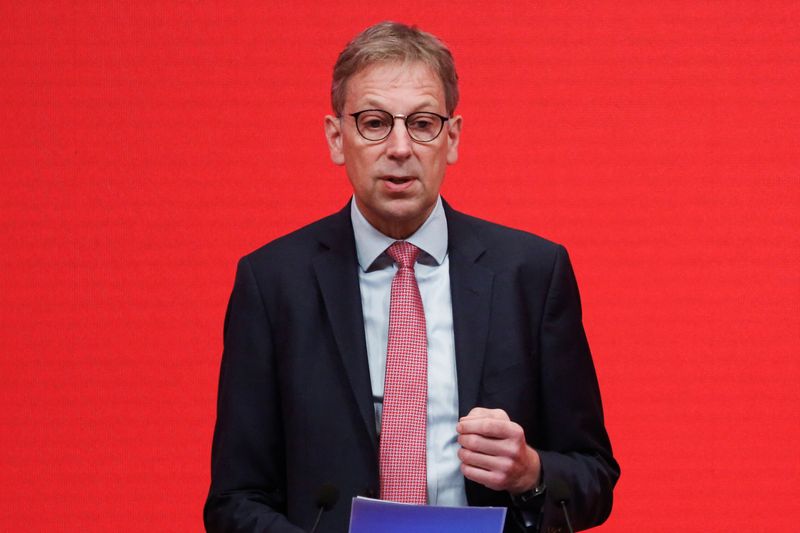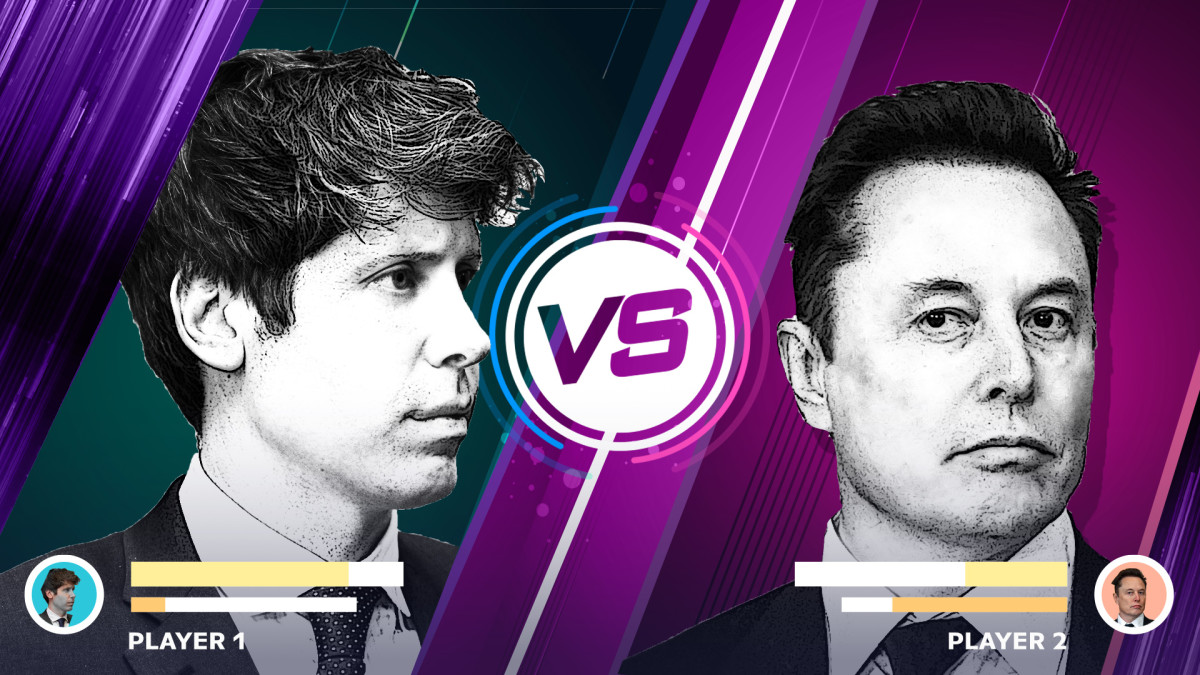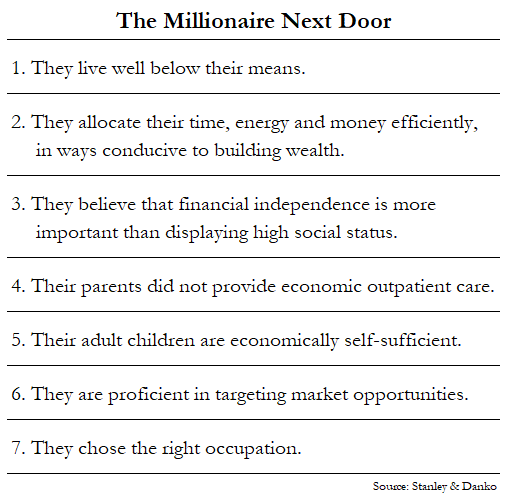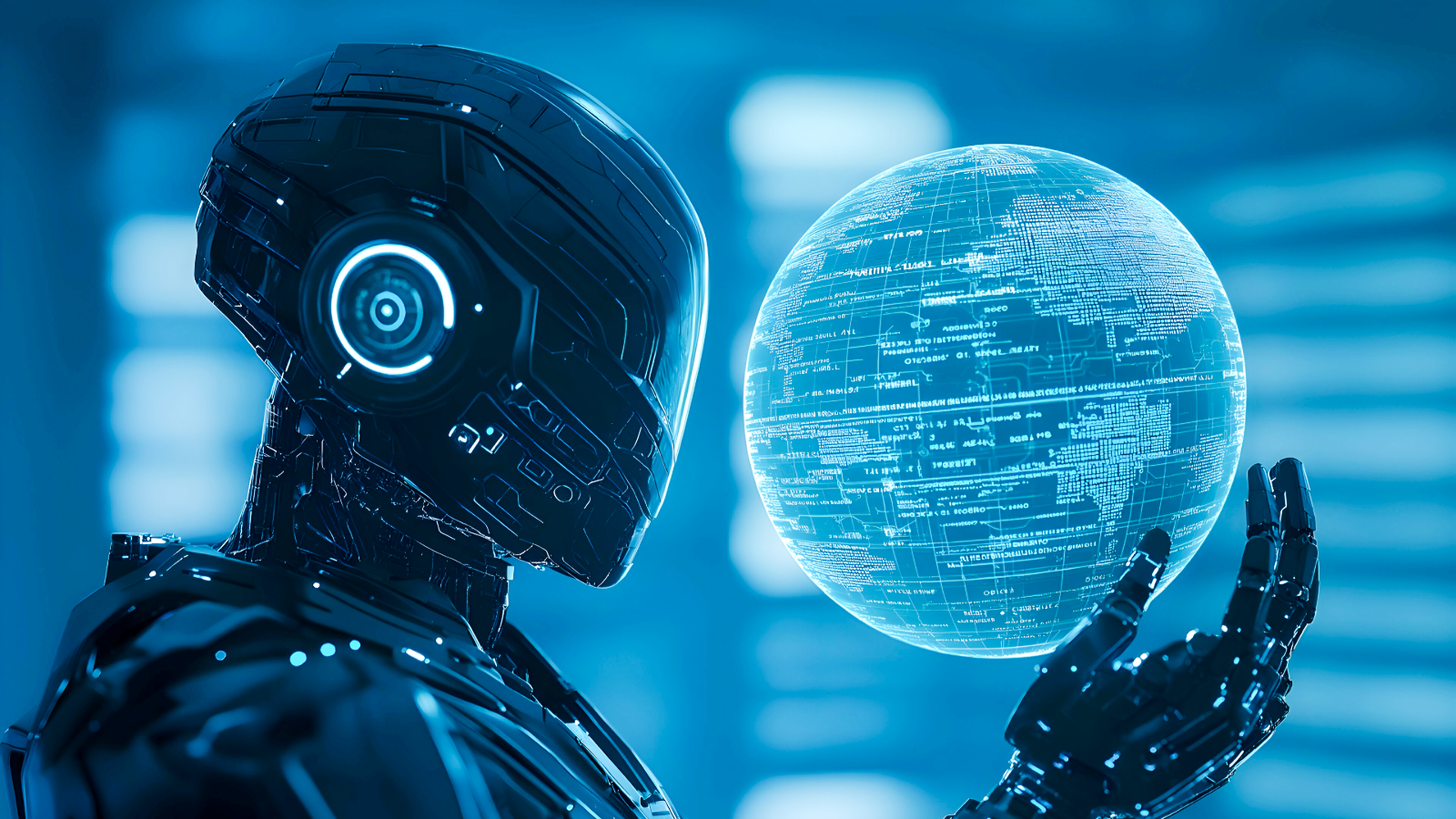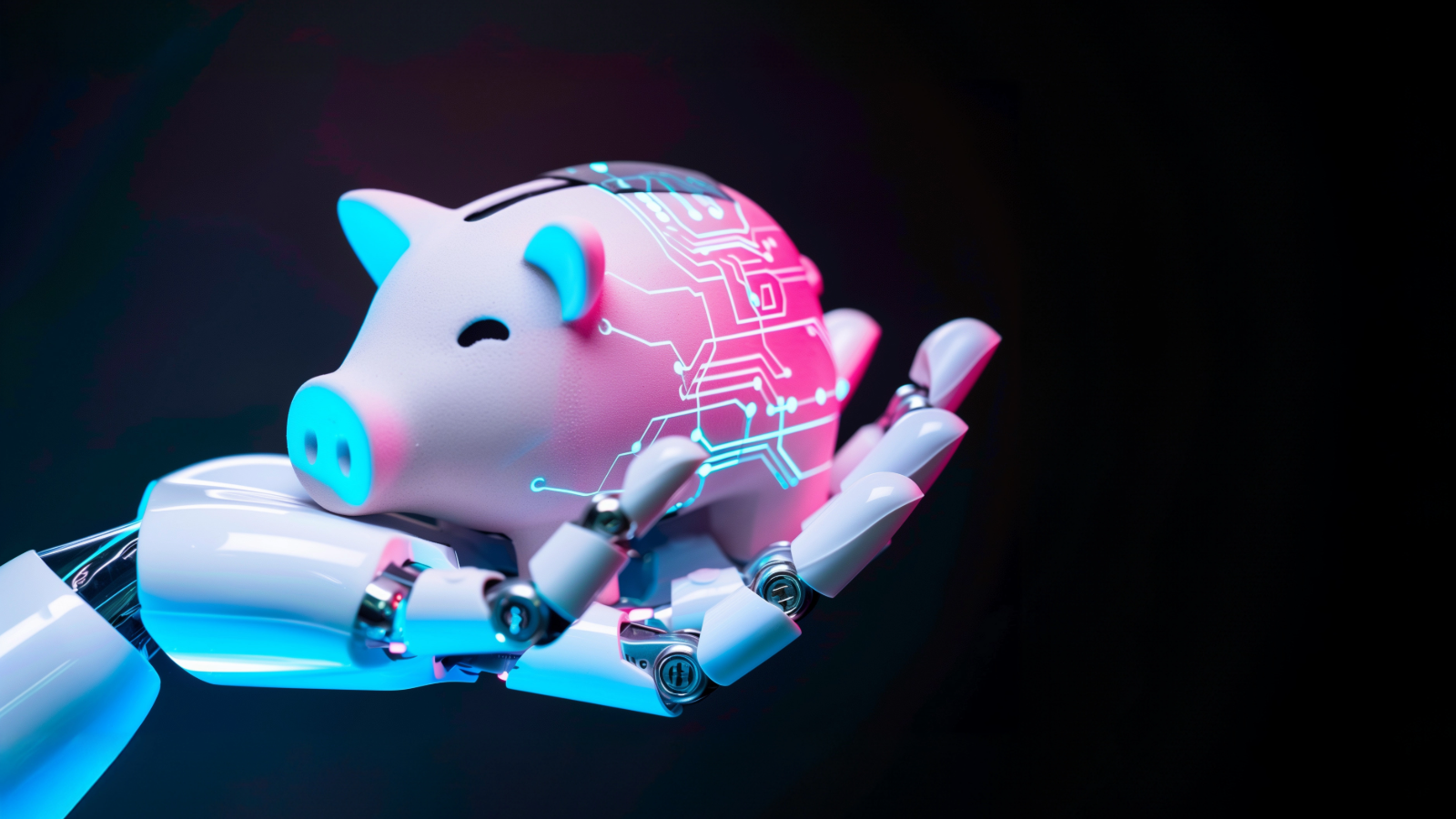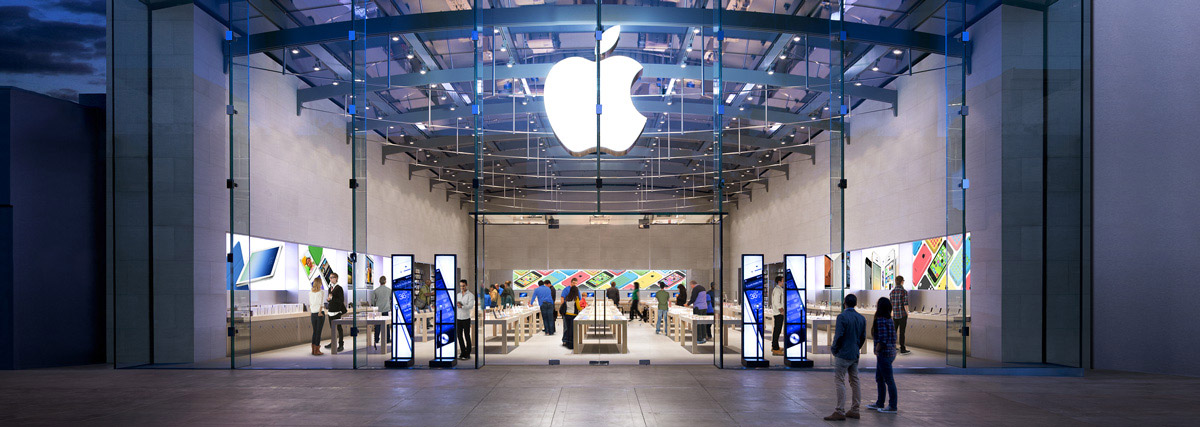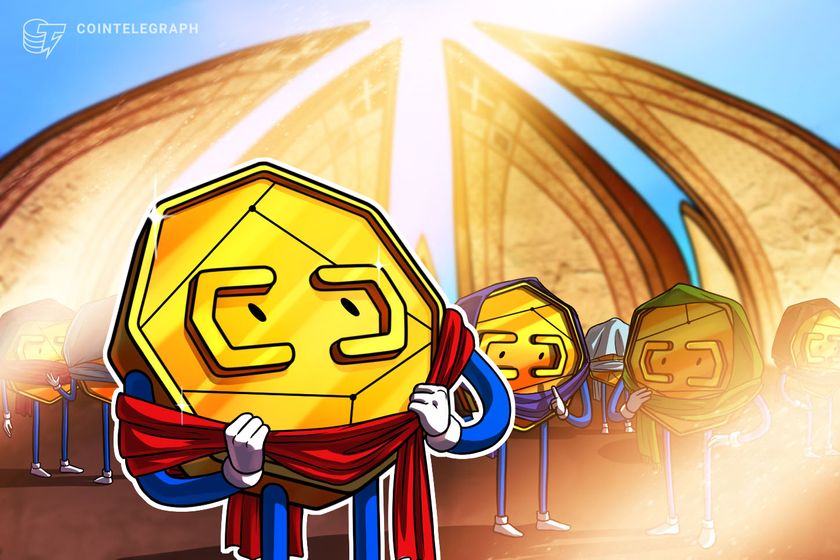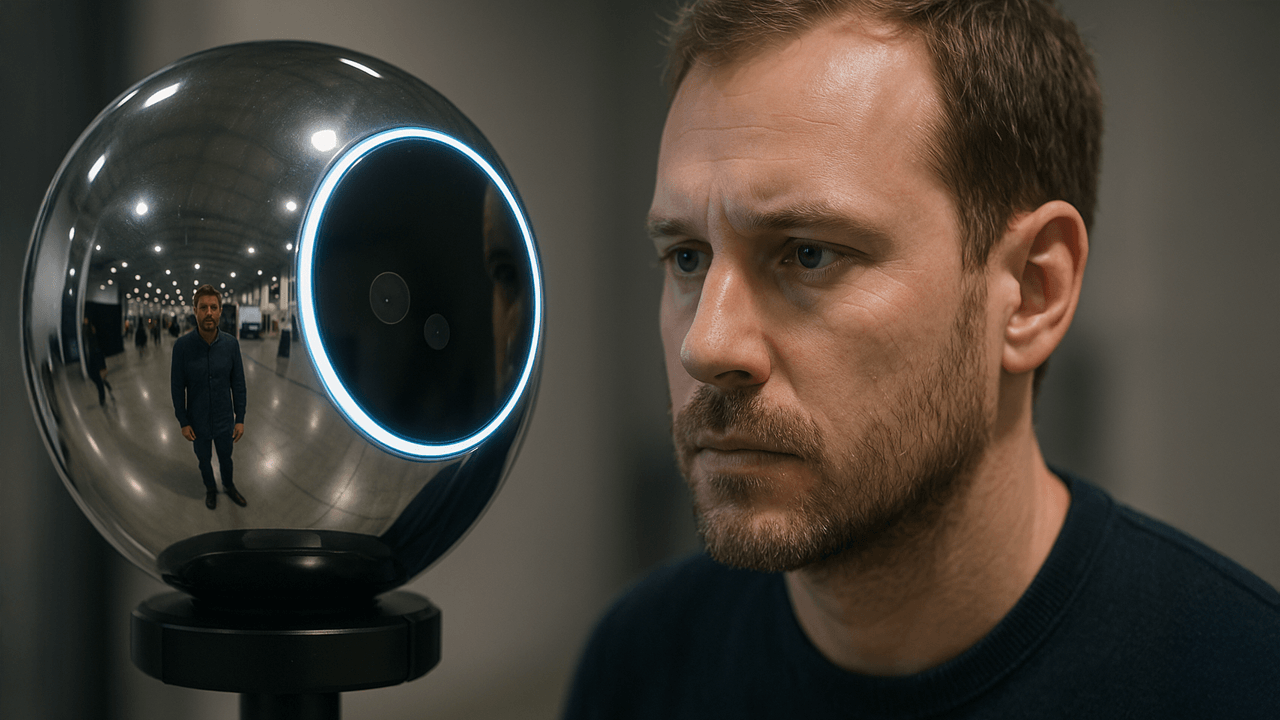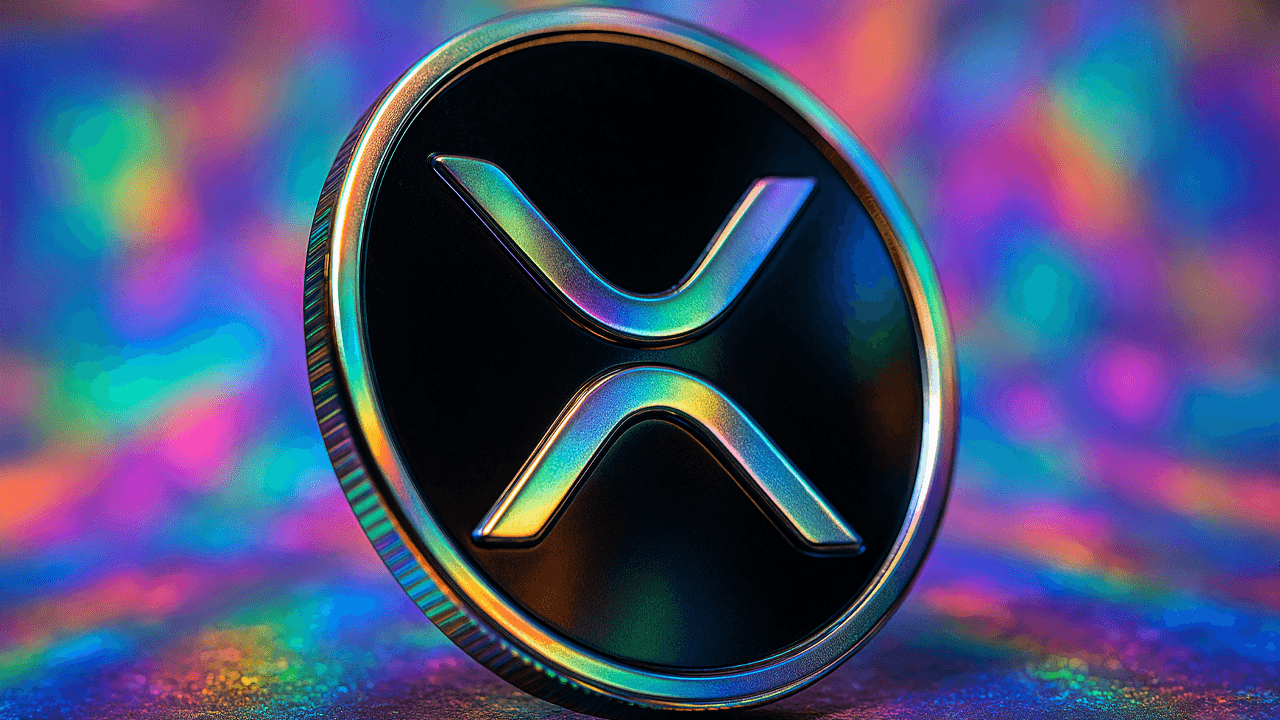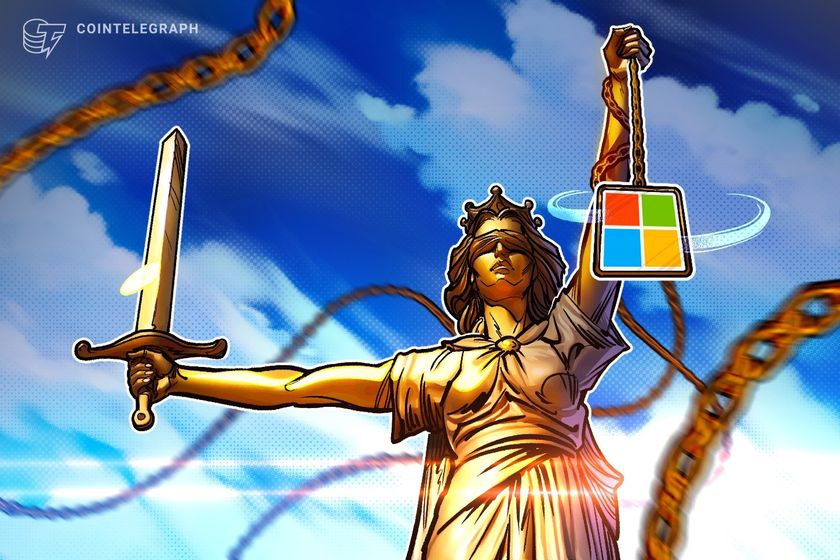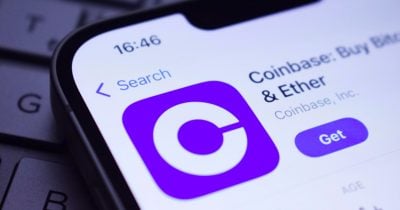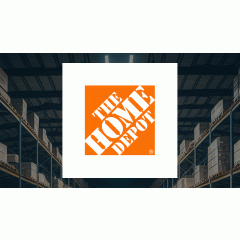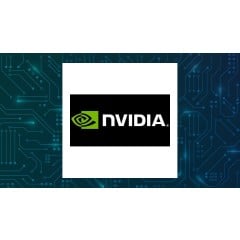Microsoft’s and Google’s dueling developer conferences reveal opposite AI strategies—and a big weakness for one company
Microsoft's focus on AI agents for enterprises may be easier to deliver than Google's consumer focus on a universal AI assistant because Microsoft only has to get the tech right. Google has to change its whole business model too.

In the span of one day and 750 miles, two of tech’s biggest companies put on conferences for their armies of developers this week. And while both Microsoft’s Build and Google’s I/O conferences were all about AI, the dueling convocations highlighted how the two industry behemoths are each seeking to conquer the market through radically different strategies.
Both companies made a big push into AI coding assistants that can autonomously build and test software—with Microsoft announcing a new autonomous coding feature for GitHub Copilot and Googled debuting its Jules coding agent. But beyond coding agents, some key differences in emphasis pointed at divergent strategies.
Microsoft is battling to convince enterprises to build AI agents
At Build, Microsoft placed a far greater emphasis in its announcements on tools that are designed to help enterprise customers create AI agents and get them to successfully automate workflows. Microsoft’s announcements were about how to allow agents to use tools, get agents to work with other agents, and, critically, to control what data AI agents access. These things matter to big companies and governments.
In an episode that underscored that point, in what may or may not have been an inadvertent slip-up, when a pro-Palestinian protestor interrupted a Build session on security best practices in the age of AI, Neta Haiby, Microsoft’s head of AI security mistakenly shared her computer screen with the Build livestream. In doing so, she revealed a Teams message from one of her colleagues from Microsoft’s cloud business. In it, the cloud employee said that Walmart, which uses many AI applications on Microsoft’s Azure cloud service, was planning to use Microsoft’s newly-announced AI Gateway, which is a software layer that adds security and analytics around generative AI applications, and its new Entra product, which is an identity management tool for AI agents. The employee quoted a Walmart AI engineer as saying that “Microsoft is WAY ahead of Google with AI security.” The disclosure seemed completely accidental—Walmart has not yet announced its use of these Microsoft services—but the fact is it perfectly reinforced Microsoft’s marketing message. If it was an accident, it was a happy one for Microsoft.
Even the more consumer-oriented aspects of what Microsoft announced were aimed at business customers. It debuted a protocol called NLWeb that makes it easy for any website or app to set up a chatbot that will allow a user to query the site in natural language. That will make for a better shopping experience and searching experience for consumers, but the idea here is to help companies drive more sales.
Google is battling for consumers and individual creators
Contrast that to what Google announced at I/O. Here the emphasis was almost entirely on consumers, not large organizations. It was about individual web users and individual content creators. The biggest news was the revamping of Google’s core Search product, with more AI Overviews, which provide capsule answers to queries, and also a new “AI Mode” that provides a more native AI experience, similar to what users get with OpenAI’s ChatGPT, using Google’s most capable AI models. It will also have new features that allow shoppers to virtually try on outfits as they shop.
Other announcements from Google were new image, audio, and video generative AI tools that were aimed at both general consumers and social media creators. This makes sense given Google’s ownership of YouTube, as the tools make it easier for users to generate engaging content.
Sure, there was some talk about agentic AI capabilities—which are being released under what Google is calling Project Mariner—but these were about agents designed to help consumers do things, like purchase tickets to a sporting event, or buy groceries. Project Mariner is about building a universal personal assistant. It is not about automating enterprise workflows.
The only product with real enterprise uses that Google highlighted at I/O was Beam, a system that renders people in 3D in video calls. Many companies will probably sign up for Beam thinking it helps teams collaborate remotely and maybe even makes virtual sales calls more effective, but it hardly seems like something that is going to transform business.
Microsoft needs the tech to work. Google needs that—and a new business model
What was also striking between Build and I/O is how comfortably the innovations Microsoft is announcing sit within the software giant’s existing business model, and how awkwardly much of what Google announced sits within its own.
Sure, Microsoft is taking a risk that its customers won’t find enough value in all the agentic AI products and features it is rolling out to pay the increased license fee that Microsoft wants to charge for it. But, if the AI agents gain traction, they only reinforce its existing cloud business and subscription-based business model.
Google, on the other hand, is taking a big gamble with its rollout of AI features that could directly cannibalize the advertising-based business model on which it has depended for a quarter century. Search represents 56% of Google’s revenues and most of its profits. If people click on fewer links with AI Overviews, as independent studies suggest, or if AI Mode offers far fewer opportunities for paid links, as also seems to be the case, it isn’t clear how Google will maintain its revenues.
There are plenty of ways to imagine new business models for chatbot-like interface and a universal personal AI assistant. But Google has not said yet what it thinks those business models should be—and listening to Google executives speak at I/O one got the sense the company hasn’t really figured it out yet.
At least the image, video, and audio generation products it announced help feed YouTube, which still has a healthy ad-driven business. But for many of its AI features, Google is trying for now to pivot to selling pricey subscriptions. It has renamed its $19.99 per month AI Premium subscription Google AI Pro, and made some of its new features available to those subscribers. And then it has announced a very expensive $250 per month Google AI Ultra subscription for power users who will get access to Google’s most advanced AI capabilities, with few caps on usage.
It’s hard to imagine that Google will be able to sell enough of these subscriptions to replace the ad dollars they are potentially going to lose by rolling out the AI Search features. In fact, the Ultra tier is so expensive it isn’t really a business at all. It might just about cover the costs of those few power users who sign up for it. But it doesn’t seem like a serious business for a company of Google’s scale. It is at best a stop gap measure—a halfway house between the Google of the past, and a future Google whose shape has not yet come into focus. (No doubt Google is under pressure to roll out these features on the theory that it is better to disrupt its own business model, than to let OpenAI disrupt it. More on that here from Fortune’s Sharon Goldman.)
As its I/O conference made clear, Google is essentially a consumer AI company. And while a subscription model can work for consumer brands—just ask Netflix or Spotify—it can’t work for consumers at $250 per month. In fact, even those streaming companies have found that to keep producing the growth Wall Street demands, they’ve had to incorporate advertising into their offerings. Ultimately, Google is going to have to figure out a way to make advertising still work in a new world of chatbots and AI personal assistants it is rapidly ushering into existence. Microsoft’s challenge is daunting but easier: it just has to figure out how to make the tech work well enough to justify its cost to serve.
In other words, Google needs to not only invent the tech, it needs to reinvent itself.
This story was originally featured on Fortune.com



















